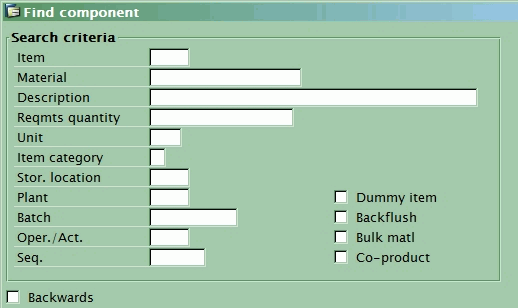I always wanted to try running SAP at home, but my PC was too old to try. I could probably run the very first SAP for Linux (4.6), but I did’t even have disk space to install appropriate Linux version. It needed some very old SuSe version, while I had Ubuntu as my primary OS. Now that’s changed. After getting one of the cheap Toshiba Satellite laptops, I am able to run the latest SAP Basis on this $600 machine.
First I planned to try installing real OpenSuSe and even downloaded almost everything. Strangely, SAP requires a special JDK and the link to it can be found only through SAP OSS system – obviously not 100% free for enthusiasts to try. But there’s much better way.
One of the first things to install on my new laptop was VMware Player, to be able to run Linux inside of a virtual machine, to surf Web sites without risking my primary OS. It’s amazing technology, and it was even more amazing to find that SAP, together with Novell, is offering the latest NetWeaver trial version to be run inside a VM!
It took some time to download everything over my 6 Mbit DSL line, and a couple of hours more to extract the RAR archives. When ready, I started the VM and in less than an hour I had everything running. In short, the steps are: download, unpack, start the OS, start the SAP, request the license and install it – ready. The details are described at SDN:
https://www.sdn.sap.com/irj/sdn/weblogs?blog=/pub/wlg/9110
It definitely helps if you have some experience to Linux or UNIX, but it’s really easy for everyone. My own impressions so far:
I have dual core 1.86 Mhz Intel with 3 GB RAM. I guess that CPU speed is important, but RAM and disk speed are the key. Linux and SAP itself need about 1.5 GB. The VM comes with 1.5 GB preconfigured. This way you can run SAP but with SAPGUI added (it needs about 400 MB RAM), your VM doesn’t run well. I tried to increase VM memory to 2 GB. With no noticeable improvement in performance, my host OS – Vista – was half dead. I believe that having 4 or 6 GM memory will be nice, but disk speed limitations will remain. Guest OS disks, unlike CPU and RAM, are emulated as files in your Windows system and that seems to be a bottleneck. Even if you increase VM memory to 2.5 GB (I think it’s maximum allowed by VM Player), it won’t be enough to cache all SAP data in memory minimizing disk access. Perhaps running with VM Server, which is also free now, can help, but you will never get the best of your hardware, as you would if you ran “real” Linux.
Note: 32-bit Vista supports only 4 GB, and even with 4 GB Windows doesn’t always use all 4. See Microsoft KB 929605.
To improve the performance I tried to put the number of SAP processes down, but it was not successful – I am not a Basis specialist. It has to be pretty easy but those RZ04 and RZ10 transactions didn’t work for me. The good thing, however, is that if anything happens, you can always restore your virtual system by copying or unpacking the original files.
What I decided to do was running SAPGUI on my host OS. You can only get Java version for free (not as OSS download) and it’s really memory hungry. Running it on VM is a waste of resources if I can do that “directly” in Windows. The only problem was to configure the connection to virtual machine. The above mentioned Web log gives some hints at how to do that, but the key for me was peeking at SAPGUI configuration in the VM. Normally you won’t have SAP Logon configuration files that will have SAP gateway information, but luckily, I tried to look at the extended configuration tab in SAP Logon, and the mysterious connection string that I found there worked for me.



